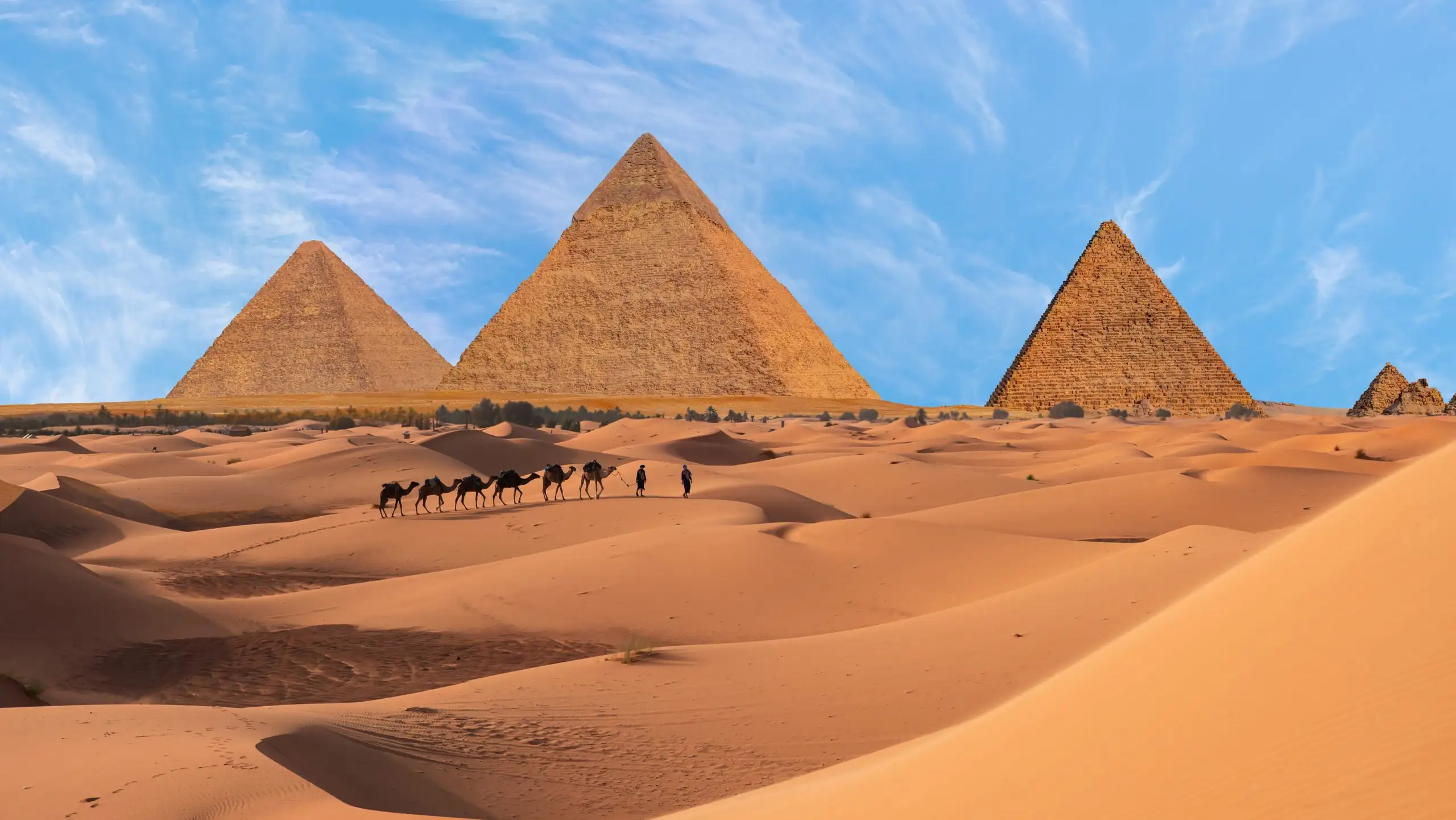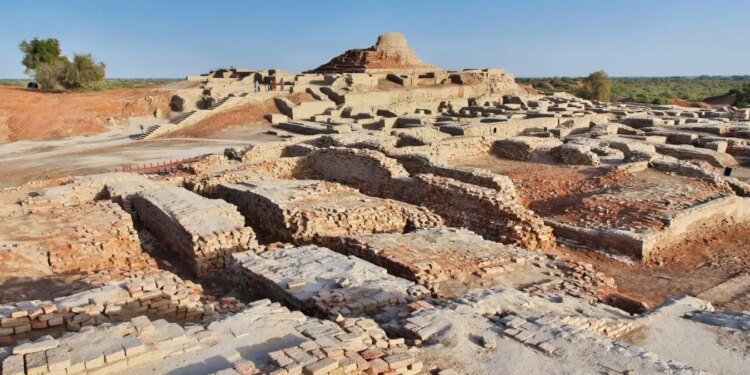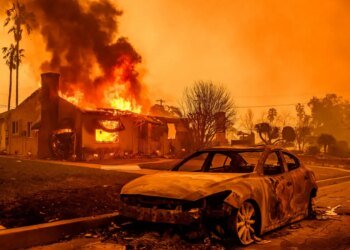
The Indus Valley Civilisation ruins at Moenjodaro in Pakistan
Sergey-73/Shutterstock
Climate warming and severe droughts dealt a death blow to the Indus Valley Civilisation, a mysterious urban culture that flourished around 4000 years ago in what is now Pakistan and India.
This culture developed settlements along the Indus river and its tributaries, expanding even further than the other major ancient civilisations in Egypt and Mesopotamia. It built several cities and is also known as the Harappan civilisation after Harappa, a city that had a population of 35,000, huge for the time.
While we don’t fully understand the script they used, the Harappans are known for water management like giant storage cisterns and sewage systems of terracotta pipes and brick channels. But these techniques couldn’t withstand a millennium of hot, dry conditions.
“Four different droughts occurred in between pre-Harappan to later Harappan periods,” says Vimal Mishra at the Indian Institute of Technology Gandhinagar. “In response to these events, there has been a continuous migration towards where the water availability was better.”
Previous research had suggested that monsoon rains weakened in the Indus valley after a global megadrought 4200 years ago, precipitating the civilisation’s collapse. Mishra and his colleagues argue that it was a more gradual fragmentation.
The scientists estimated rainfall across the region using three climate models and compared this with rainfall estimates derived from stalactites and stalagmites, as well as lake sediments.
The findings showed that four droughts lasting at least 85 years hit the Indus Valley Civilisation between 4400 and 3400 years ago. Temperatures also rose by about 0.5°C.
The level of the Indus river fell, additional modelling showed. The Harappans, who are believed to have prayed to rivers and irrigated crops like wheat and barley with their annual floods, clustered closer to waterways. When more droughts followed, they abandoned their cities and migrated towards the Himalayan foothills and the Ganga river plain.
The warming and drying may have been kicked off by natural climate patterns like El Niño and the Atlantic Multidecadal Oscillation, and exacerbated by feedback effects like vegetation loss and dust pollution, the study suggests.
While the study is innovative in its combination of modelling and proxy measurements, future work should try to include evapotranspiration – the movement of water from the ground into the atmosphere – which can be large in such a hot region, says Sebastian Breitenbach at Northumbria University in the UK.
With our climate warming far faster than the Harappans’, policy-makers should consider adaptation measures like water storage systems and groundwater conservation, he adds.
“These studies can give us a warning shot,” says Breitenbach. “They can give us a glimpse of what might happen in the future.”

Scientific pioneers of the ancient world, Cairo and Alexandria: Egypt
Embark on an unforgettable journey through Egypt’s two most iconic cities, Cairo and Alexandria, where ancient history meets modern charm.
Topics:
- climate change/
- archaeology
Source link : https://www.newscientist.com/article/2506112-warming-and-droughts-led-to-collapse-of-the-indus-valley-civilisation/?utm_campaign=RSS%7CNSNS&utm_source=NSNS&utm_medium=RSS&utm_content=home
Author :
Publish date : 2025-11-27 16:00:00
Copyright for syndicated content belongs to the linked Source.










